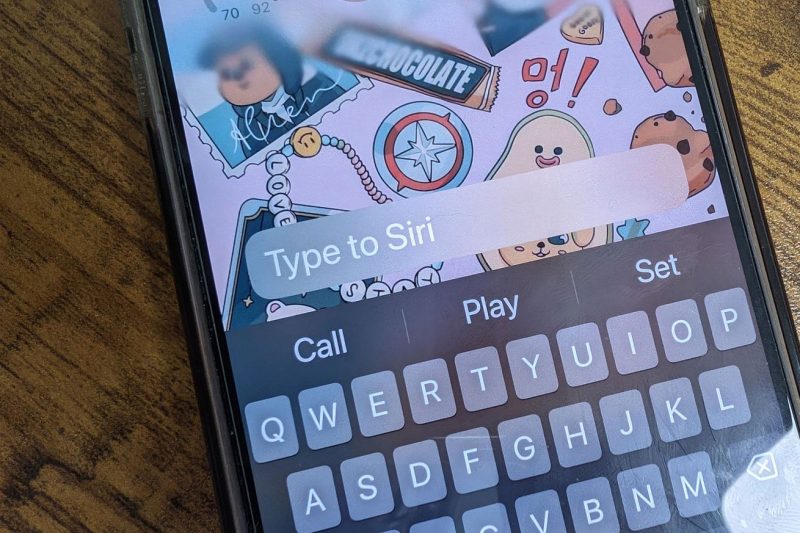In the fast-paced world of artificial intelligence (AI) technology, the way we interact with our devices and machines is constantly evolving. One intriguing trend that has emerged is the concept of typing to AI assistants, which offers a unique and potentially transformative way for users to engage with these intelligent systems.
Traditionally, AI assistants like Siri, Alexa, and Google Assistant have primarily relied on voice commands for user input. While voice interaction has its advantages in terms of speed and convenience, it does come with limitations such as privacy concerns, background noise interference, and the challenge of using voice commands in public settings.
On the other hand, typing to AI assistants provides a more discreet and quiet alternative that can address some of these limitations. By typing messages to AI assistants, users can communicate with them in situations where speaking out loud may not be practical or preferred. This opens up new possibilities for using AI assistants in environments where noise levels need to be minimized or where privacy is a concern.
Moreover, typing allows for more precise and accurate input compared to voice commands, which can sometimes be misheard or misinterpreted by AI assistants. Users can take their time to carefully craft their messages, ensuring that their queries and requests are accurately conveyed to the AI assistant. Typing also enables users to provide additional context or details that may be missed or overlooked in spoken commands.
Furthermore, typing to AI assistants can enhance accessibility for users with speech impairments or language barriers. Individuals who may have difficulty speaking or pronouncing certain words can benefit from typing their messages instead, enabling them to effectively communicate with AI assistants and access the services and information they provide.
The rising popularity of messaging platforms and chatbots has also contributed to the appeal of typing to AI assistants. Many users are already accustomed to communicating via text in their daily interactions, making the transition to typing messages to AI assistants a seamless and intuitive experience. This familiarity with text-based communication can help bridge the gap between users and AI technology, making it more accessible and user-friendly for a wider audience.
In conclusion, typing to AI assistants presents a promising direction for the future of human-computer interaction. By offering a discreet, accurate, and accessible way to communicate with AI systems, typing opens up new opportunities for users to engage with technology in a more personalized and efficient manner. As the capabilities of AI continue to advance, the ability to type messages to AI assistants could become an essential and integral part of how we interact with intelligent systems in the years to come.


































